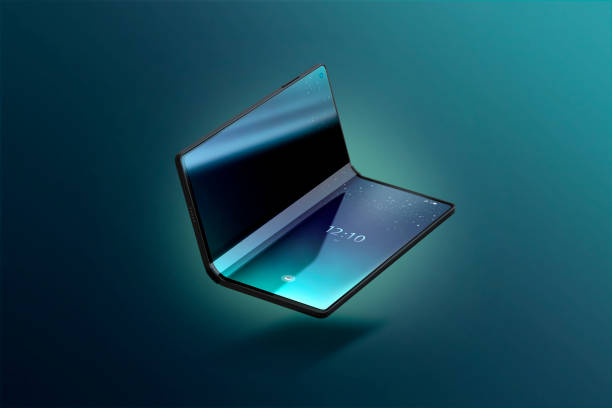Unfolding the Future: The Rise and Potential of Foldable Technology
Introduction: The world of technology is ever-evolving, and innovation is its driving force. One of the trends currently shaping the tech landscape is the advent of foldable technology. This article will delve into the rise and potential of foldable technology, exploring its historical context, recent developments, and future implications.

Origins of Foldable Technology
Foldable technology is not as new as we might think. The concept dates back to the early 2000s, when companies like Sony launched flexible screens at technology expos. However, the idea remained a concept for many years due to technological and practical limitations. The first real step into foldable technology came in 2019 when Samsung launched the Galaxy Fold, marking the start of a new era in the world of smartphones.
The Dawn of a New Era
Fast forward to 2021, and we see multiple tech giants, like Samsung, Huawei, and Motorola, competing in the foldable tech market. Samsung’s Galaxy Z Fold 3 and Huawei’s Mate X2 are some of the most notable examples, offering users an immersive experience and a tablet-smartphone hybrid. These devices are more than mere novelties; they represent a paradigm shift in electronics, changing how we perceive and interact with portable devices.
Market Impact and Price Range
Foldable technology, while still in its infancy, has made a significant impact on the market. The foldable smartphone market was valued at $2 billion in 2019 and is projected to reach $17 billion by 2026. However, the high price tag is a major deterrent for many. The Galaxy Z Fold 3, for example, starts at a steep $1,800, positioning it as a luxury item. As the technology matures and production costs decrease, we can expect these prices to become more consumer-friendly.
Future Prospects of Foldable Technology
While smartphones are the most visible application of foldable technology, they are just the tip of the iceberg. Various industries, including health, education, and gaming, can benefit from this technology. Imagine a foldable laptop that can transform into a tablet or a wearable device with a wrap-around screen. The possibilities are endless.
Challenges and Considerations
While the potential of foldable technology is undeniable, it’s not without its challenges. Durability is a primary concern. Foldable screens are inherently more prone to damage than their rigid counterparts. Furthermore, the technology requires advanced, flexible batteries and circuitry, pushing the boundaries of current manufacturing capabilities.
Foldable technology is more than a new gadget—it’s a testament to human creativity and innovation. As we step into the era of flexible electronics, we are not just unfolding our devices; we are unfolding a new chapter in the history of technology, filled with possibilities, challenges, and opportunities.





